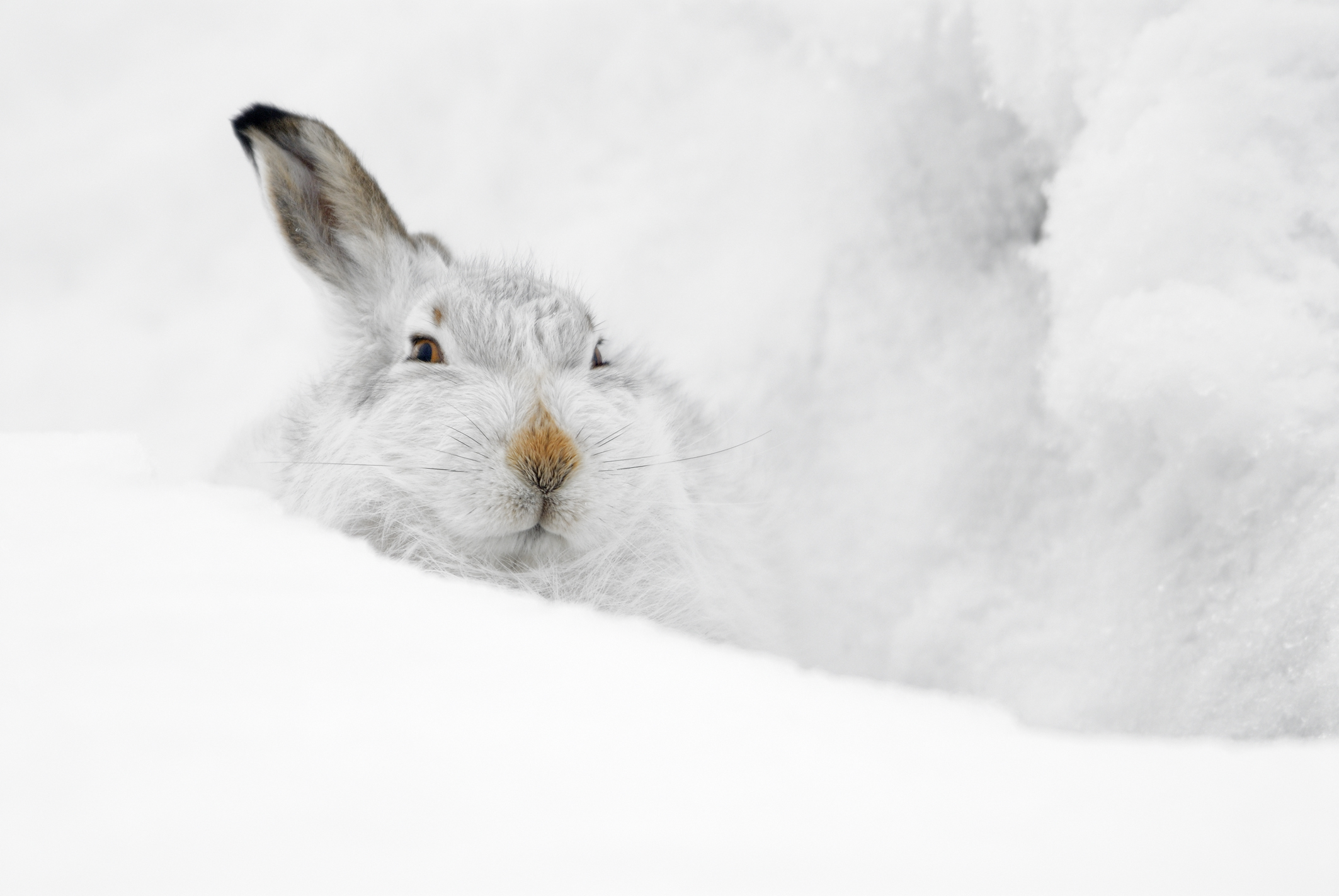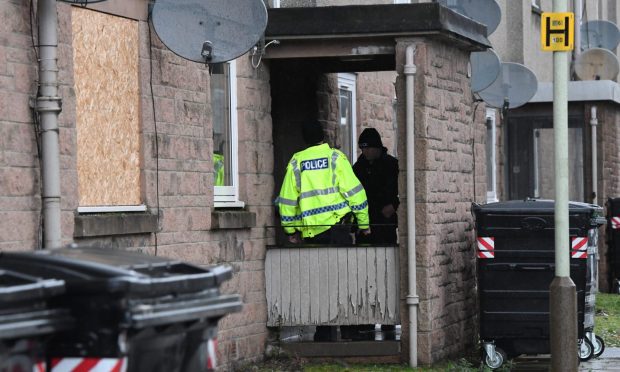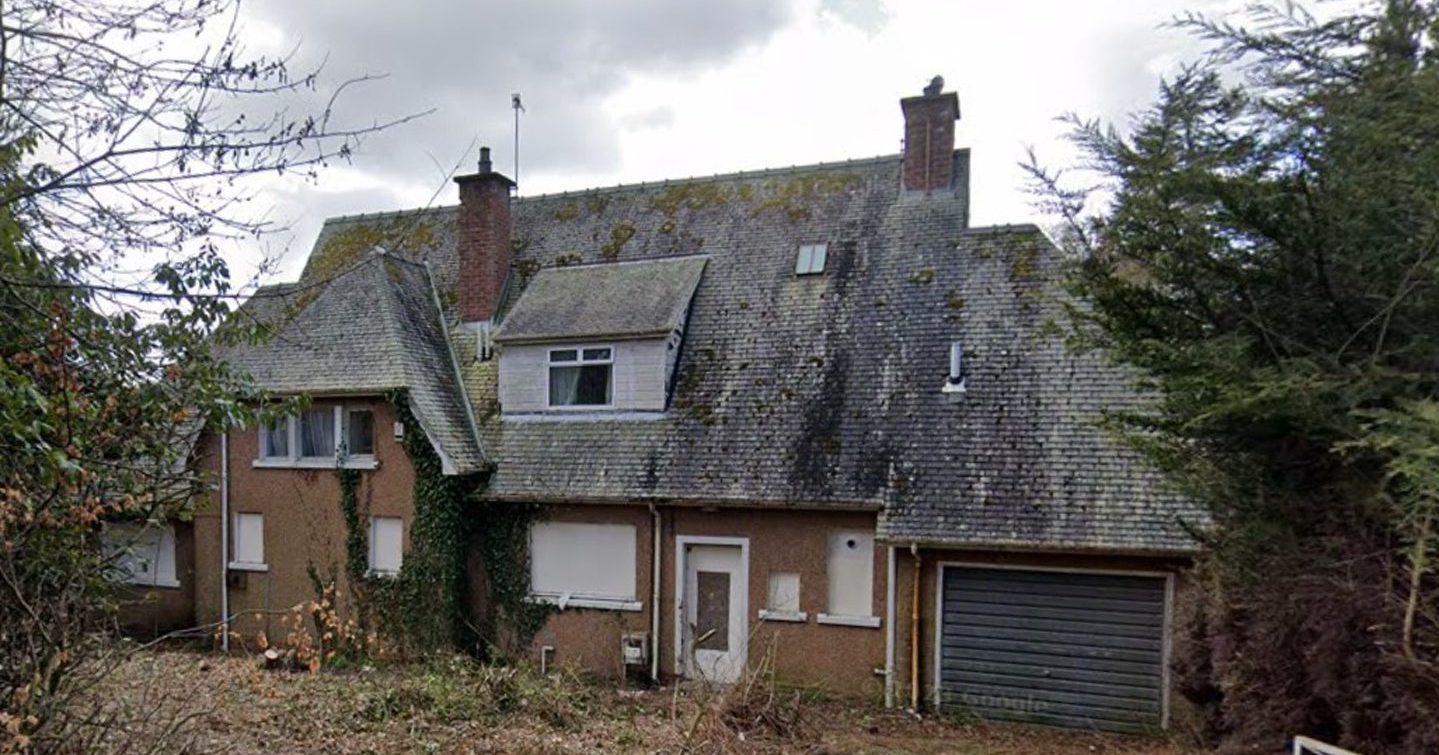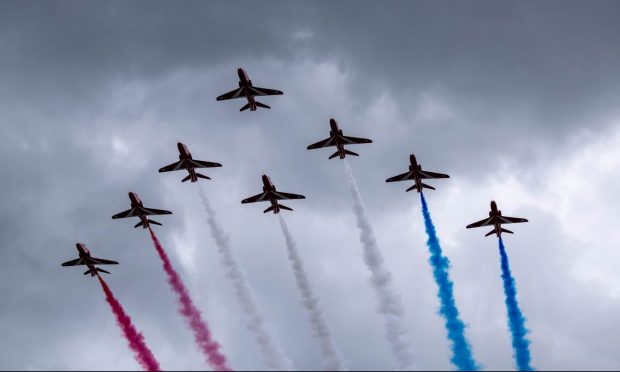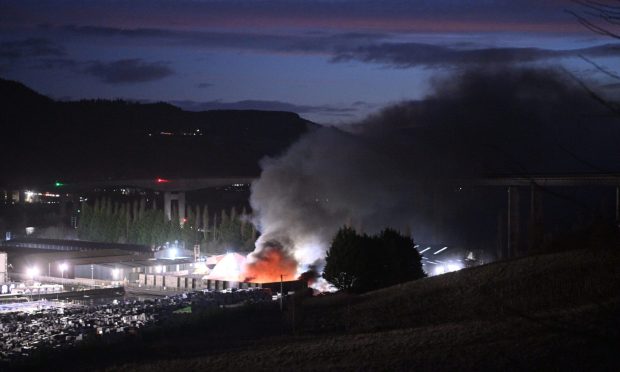A long serving Perthshire gamekeeper has warned of serious damage to habitats and “dead hares lying everywhere” if protesters get their way.
New statistics obtained under freedom of information laws by the Scottish Gamekeepers Association have revealed a growing number of mountain hares are being culled outside the agreed seasons – from 575 in 2014 to 700 last year.
The out of season culls are sanctioned by Scottish Natural Heritage (SNH) when it is deemed necessary to protect against disease and damage.
Animal rights activists are calling for a full ban on the killing of mountain hares and are set to protest outside Holyrood on November 17.
However SGA committee member Ronnie Kippen, a gamekeeper in Perthshire for 45 years, believes those against a cull should be mindful of the ootential consequences.
He said: “In the 80s, before mechanised snow vehicles, there were two consecutive years where we couldn’t control the hare numbers because of heavy snow.
“In the spring of year three, they died in their thousands, all over the hill, from intestinal parasites and it took five or six years for their numbers to come back again.
“If you don’t manage the population each year, you are looking at serious damage to habitats and dead hares lying everywhere rather than going back into the food chain.
“People might have good intentions but that is what will happen.”
In 2011, The Wildlife and Natural Environment Act introduced a closed season to protect the mountain or ‘blue’ hare at vulnerable times of the year.
The Act made it unlawful to kill the species between March 1 and July 31 unless under special licenses were granted in ‘exceptional circumstances’ from SNH.
SGA Chairman Alex Hogg said: “Mountain hares are a fascinating species, largely because they change their coats to camouflage themselves against the winter snow.
“As with other herbivores, however, large numbers at one site are a proven threat to the establishment of young woodland.
“Grants for new forestry are given on the basis that new stock must be protected from damage and we know mountain hare numbers in some areas of new woodland are having to be kept right down, all year round.
Animal rights groups blame grouse estates for heavy culls to prevent disease and to minimise the spread of tick.
However, the SGA say that of the 26 applications made to SNH for out of season licences this year up to March 2016, only two were related to aspects of grouse moor management, specifically heather damage and tick control.
Both of these licenses were refused by SNH.
